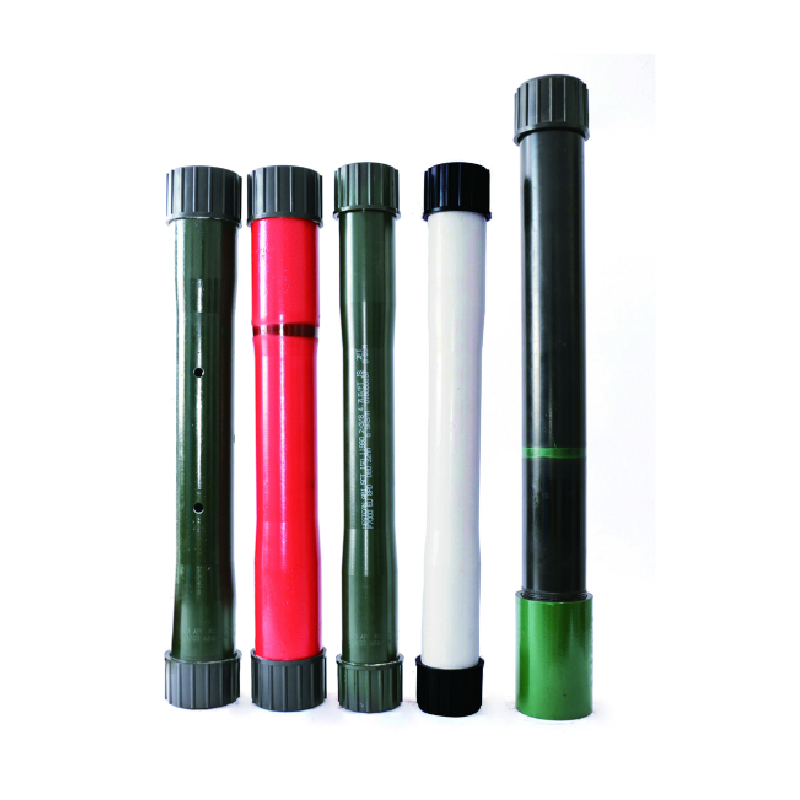- Afrikaans
- Albanian
- Amharic
- Arabic
- Armenian
- Azerbaijani
- Basque
- Belarusian
- Bengali
- Bosnian
- Bulgarian
- Catalan
- Cebuano
- Corsican
- Croatian
- Czech
- Danish
- Dutch
- English
- Esperanto
- Estonian
- Finnish
- French
- Frisian
- Galician
- Georgian
- German
- Greek
- Gujarati
- Haitian Creole
- hausa
- hawaiian
- Hebrew
- Hindi
- Miao
- Hungarian
- Icelandic
- igbo
- Indonesian
- irish
- Italian
- Japanese
- Javanese
- Kannada
- kazakh
- Khmer
- Rwandese
- Korean
- Kurdish
- Kyrgyz
- Lao
- Latin
- Latvian
- Lithuanian
- Luxembourgish
- Macedonian
- Malgashi
- Malay
- Malayalam
- Maltese
- Maori
- Marathi
- Mongolian
- Myanmar
- Nepali
- Norwegian
- Norwegian
- Occitan
- Pashto
- Persian
- Polish
- Portuguese
- Punjabi
- Romanian
- Russian
- Samoan
- Scottish Gaelic
- Serbian
- Sesotho
- Shona
- Sindhi
- Sinhala
- Slovak
- Slovenian
- Somali
- Spanish
- Sundanese
- Swahili
- Swedish
- Tagalog
- Tajik
- Tamil
- Tatar
- Telugu
- Thai
- Turkish
- Turkmen
- Ukrainian
- Urdu
- Uighur
- Uzbek
- Vietnamese
- Welsh
- Bantu
- Yiddish
- Yoruba
- Zulu
Understanding Well Tubing and Casing in Oil and Gas Drilling Operations
Well Tubing and Casing Essential Components in Oil and Gas Extraction
In the oil and gas industry, the extraction process is a complex endeavor that involves various specialized equipment and techniques. Among these, well tubing and casing play critical roles in ensuring the safety and efficiency of drilling operations. Understanding these components is essential for anyone involved in the industry, from engineers to field operators.
What is Well Casing?
Well casing is the steel pipe that lines the wellbore, providing structural integrity and protecting the well from the surrounding geological formations. It serves several essential functions maintaining the well’s shape, preventing the inflow of groundwater into the well, and minimizing the risk of blowouts and other hazardous situations. Casing is installed in sections, with each section typically welded or threaded together to achieve the desired depth.
The casing is generally classified into several types, including surface casing, intermediate casing, and production casing. Surface casing is the first layer installed and is designed to protect freshwater aquifers. Intermediate casing provides additional support and isolation of pressure zones, while production casing is used to bring hydrocarbons to the surface.
What is Well Tubing?
While casing provides structural support to the well, tubing is the flexible steel or composite pipe inserted into the wellbore after the production casing has been set. Tubing is vital for the production phase of a well, as it allows oil and gas to travel from the reservoir to the surface. It is usually smaller in diameter than casing and is designed to withstand the pressure and corrosive nature of the hydrocarbon fluids.
Tubing is available in various grades and sizes and can be tailored to suit specific production requirements. The choice of tubing material is crucial, as it must resist not only the mechanical stresses imposed by the pressure but also any corrosive elements present in the produced fluids.
well tubing and casing

Importance of Proper Installation
Both casing and tubing must be installed correctly to prevent leaks, ensure operational efficiency, and maintain safety standards. The installation process begins with drilling the wellbore to the desired depth, followed by the careful placement of casing sections into the borehole. Once the casing is in place and cemented, tubing is inserted after perforating the production casing to access the hydrocarbon reservoir.
Proper monitoring and maintenance of both casing and tubing are critical throughout the life of the well. Regular inspections can help detect signs of wear, corrosion, or pressure anomalies that could lead to larger issues down the line. Addressing such problems early can save substantial costs and prevent environmental incidents.
Challenges and Innovations
Despite their importance, well casing and tubing face a variety of challenges. Issues like corrosion, mechanical failures, and the increase in high-pressure production conditions can affect well integrity. To tackle these challenges, the industry is continually exploring innovative materials and advanced monitoring technologies. For instance, the use of composite materials for tubing can enhance durability while reducing weight. Advanced sensors can also provide real-time data on the condition of well infrastructure, enabling proactive maintenance strategies.
Conclusion
In summary, well tubing and casing are fundamental components in the oil and gas extraction process. Their roles—structural integrity for casing and product transport for tubing—are critical for safe and efficient operations. Understanding these elements is vital for stakeholders in the industry, as improper installation or failure to maintain these components can lead to significant operational and environmental risks. As the industry evolves, continuous improvements in materials science and technology will likely enhance the effectiveness of well casing and tubing, ensuring safer and more efficient hydrocarbon extraction for the future.
-
Tubing coupling plays a significant role in the chemical industryNewsApr.03,2025
-
The Importance of Tubing Crossover in Various Industrial FieldsNewsApr.03,2025
-
The characteristics and important role of Tubing Pup JointNewsApr.03,2025
-
Characteristics and functions of Pup jointNewsApr.03,2025
-
Characteristics and Functions of Pup Joint PipeNewsApr.03,2025
-
Application of Coupling Casing in Various ScenariosNewsApr.03,2025







